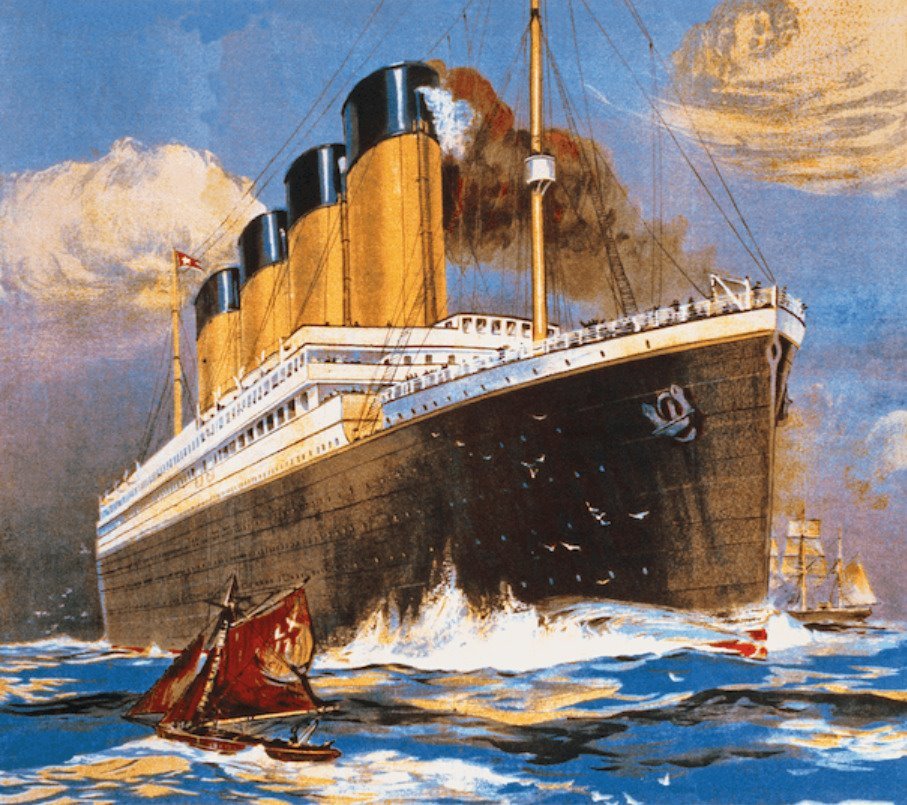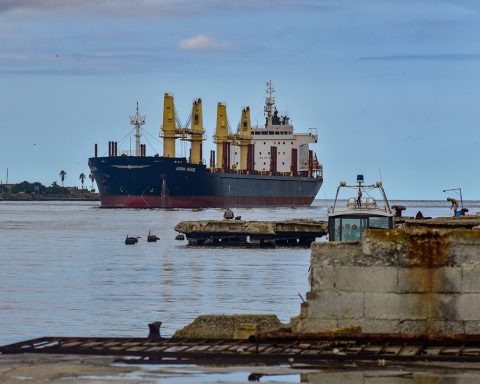Havana Cuba. – On the night of April 14-15, 1912, the icy waters off the coast of Newfoundland swallowed the greatest marvel of naval engineering yet seen. The RMS Titanic, a British ocean liner belonging to the White Star Line shipping company, was making its maiden voyage from Southampton to New York with 2,208 people on board, from immigrants who went to America to try their luck, to famous millionaires who had paid juicy sums not to miss the voyage -prematurely celebrated- in the largest, most luxurious and technologically advanced ship of its time.
At 11:43 p.m. on April 14, the Titanic collided with an iceberg. It is estimated that around 1,500 people died from blows, falls, drowning and hypothermia during the almost three hours that the shipwreck lasted. At 2:20 a.m. on the 15th, the imposing ship sank, causing tremendous commotion throughout the world, but especially in the United States and the United Kingdom.
Instead of the pomp and praise expected on the day of departure from the port of Southampton, news of the tragedy filled the headlines. The cause of the shipwreck was a mixture of several factors, including the imprudence of traveling at maximum speed and ignoring the reports about the presence of icebergs, issued by different ships that sailed in the area. On the other hand, the Titanic did not have enough lifeboats, and her crew, confident that the ship was invincible, had not been prepared for a disaster of this nature and magnitude.

Another serious error occurred when evacuating, since the upper-class passengers were not clearly informed of what had happened. So they wouldn’t panic, they were told it was a drill, handed out life jackets, and asked them to come on deck to board the boats. Many did not do it in time, because they did not understand the seriousness of the situation.
That night, when most of the dead were lower class people, wealthy personalities such as Benjamin Guggenheim and John Jacob Astor IV also perished. An estimated 817 people survived the shipwreck.
The Titanic tragedy has given rise to numerous myths and legends. Taking the testimony of the survivors as a reference, an attempt has been made to reconstruct the facts as truthfully as possible, and various works of fiction have been subjected to the scrutiny of the general public, with greater or lesser success.
The most successful has been, without a doubt, the film titanic, by director James Cameron, starring Kate Winslet and Leonardo DiCaprio. The feature film combines fictional adventures and an improbable love story with real data about the catastrophe, managing to keep the audience’s attention for more than three hours of drama, intensified after the collision and with an ending that made half of humanity cry.
The sinking of the Titanic provided a lot of valuable information that was later contributed to maritime safety; while James Cameron’s film won 11 Oscars and grossed more than 2,000 million dollars during its premiere in 1997 and its 3D revival in 2012, becoming the highest-grossing film in history until it was surpassed by Avatarin 2009.















